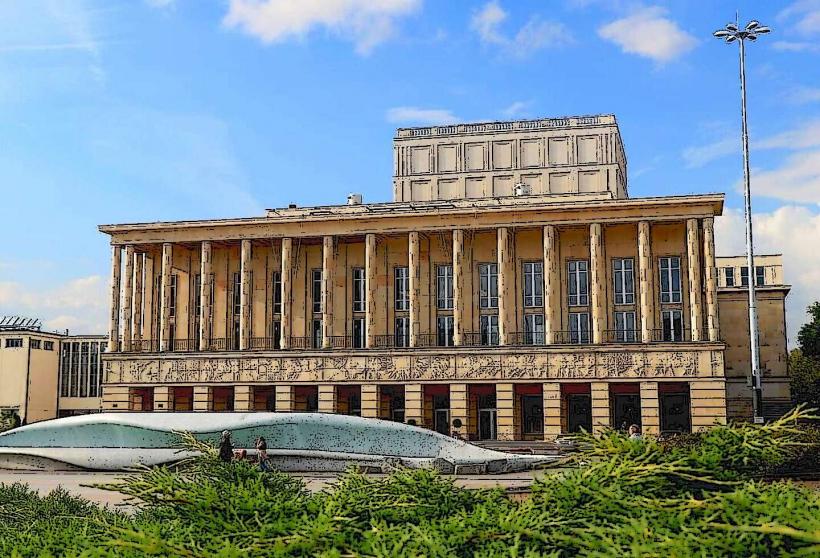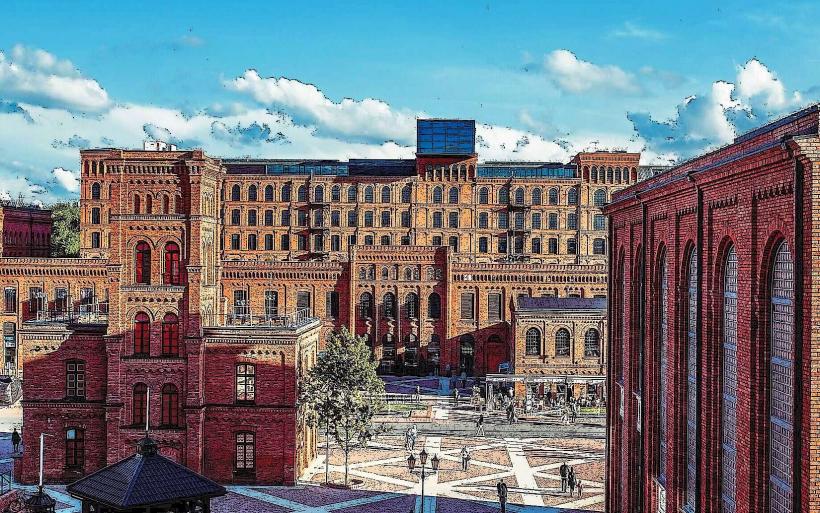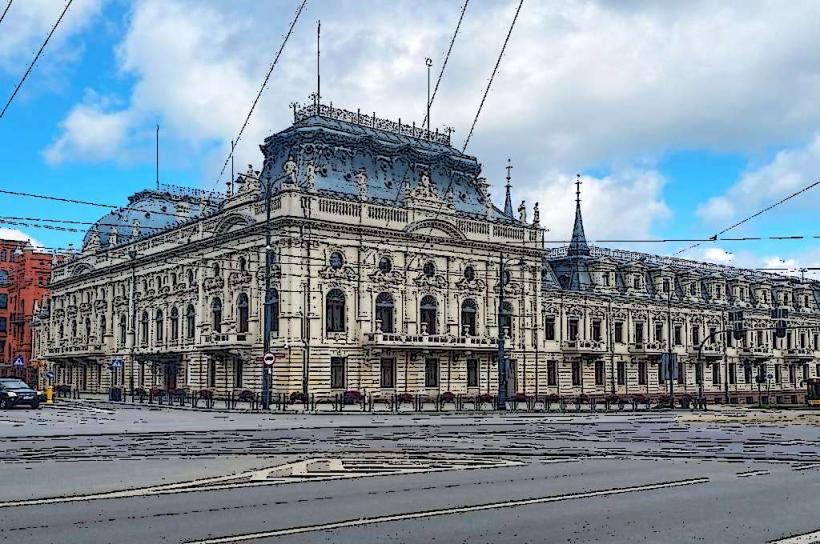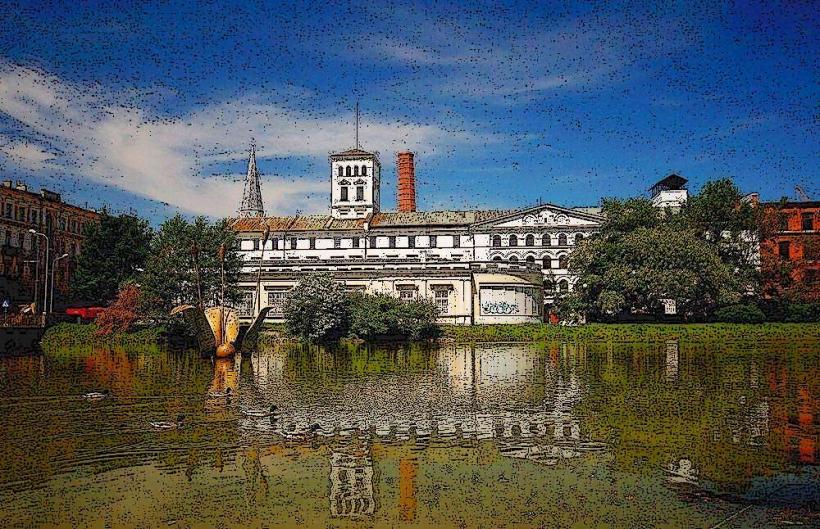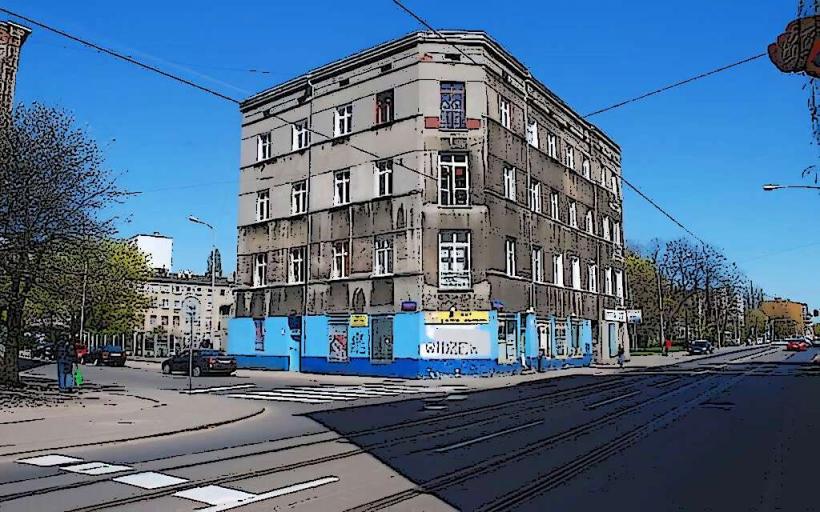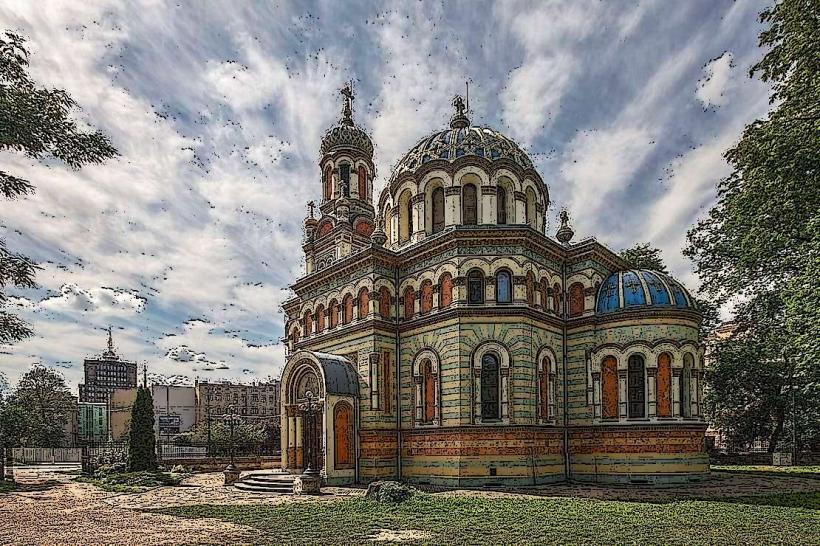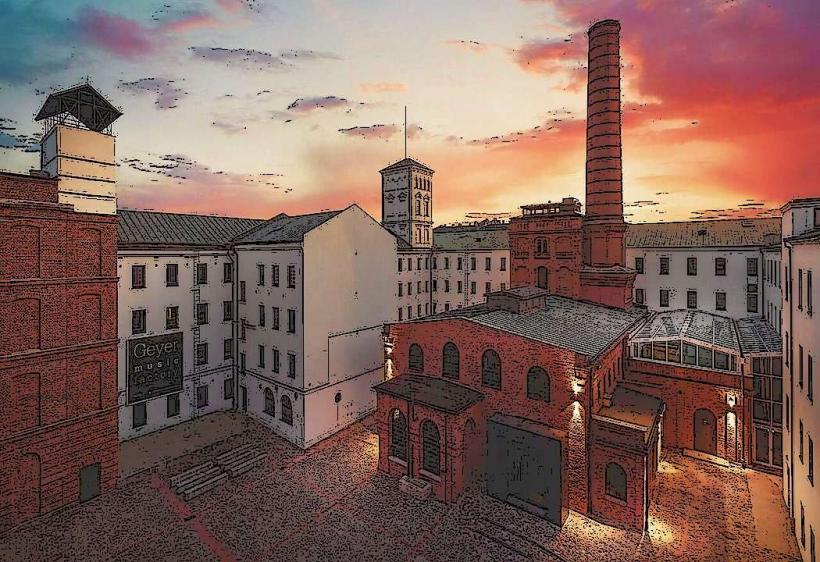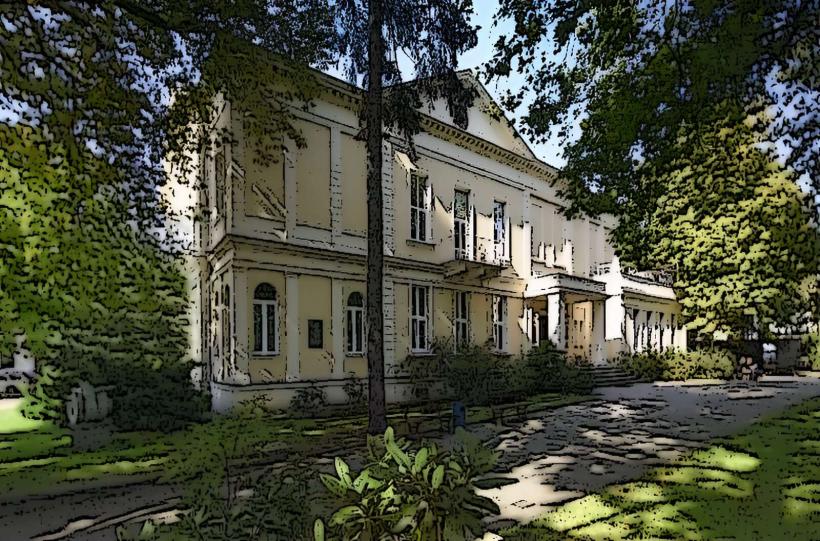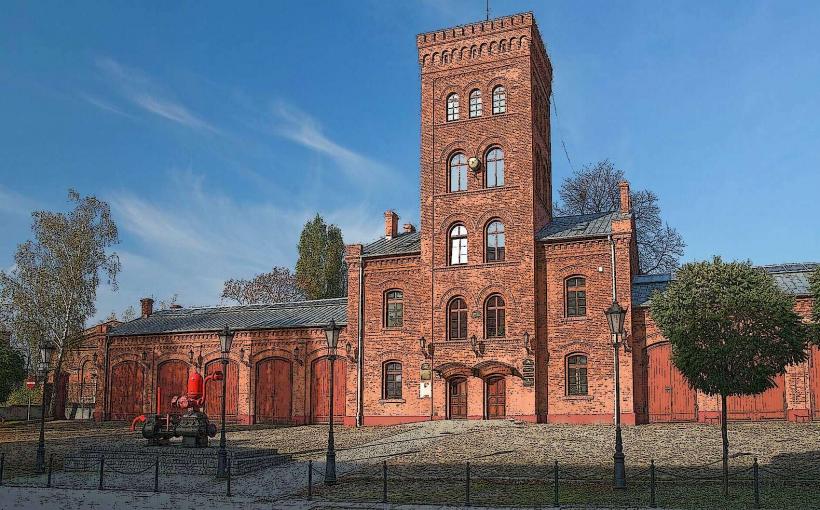Information
Landmark: Piotrkowska StreetCity: Lodz
Country: Poland
Continent: Europe
Piotrkowska Street (Polish: ulica Piotrkowska) is one of the most iconic and historic streets in Łódź, Poland. Known for its vibrant atmosphere, rich cultural heritage, and beautiful architecture, Piotrkowska is the heart of the city and a must-visit destination for both locals and tourists. It is not only a major commercial and social hub but also a symbol of the city’s transformation from an industrial center to a modern metropolis.
History
Origins and Development: Piotrkowska Street dates back to the 19th century, with its origins tied to the city’s rapid industrial growth during the textile boom in Łódź. The street was originally designed as a major artery to connect Łódź with the nearby city of Piotrków Trybunalski, hence the name "Piotrkowska." It quickly became a focal point for the city’s expanding textile industry, with many factories, manor houses, and workers’ homes built along the street.
Industrial Era: During the 19th century, Piotrkowska Street was at the center of Łódź’s industrial revolution. The street attracted many wealthy factory owners and entrepreneurs, leading to the construction of impressive manor houses, palaces, and commercial buildings. The street became a major location for both trade and social events.
20th Century and Beyond: In the 20th century, Piotrkowska continued to grow and modernize, becoming the main avenue of the city. The street has undergone various transformations, including during the Polish People's Republic, when many buildings were repurposed for government use and cultural institutions. After Poland’s transition to democracy in the early 1990s, Piotrkowska was further revitalized, becoming a pedestrianized street with a focus on tourism, shopping, and entertainment.
Architecture
Piotrkowska Street is renowned for its diverse and eclectic architecture, which spans several centuries and architectural styles. The street showcases a blend of 19th-century industrial architecture, Art Nouveau, Art Deco, and modernist influences. Many of the buildings along the street were originally built as mansions for the wealthy factory owners of the industrial era, while others were designed for commercial purposes.
19th-Century Buildings: Along Piotrkowska Street, you’ll find numerous historic buildings dating back to the late 1800s, many of which feature neo-Renaissance, neo-Baroque, and neo-Gothic architectural styles. These buildings were originally constructed as mansions or commercial spaces for the city’s wealthy industrialists.
Art Nouveau and Art Deco: In the early 20th century, several buildings on Piotrkowska Street were constructed in the Art Nouveau and Art Deco styles. These buildings feature intricate facades with decorative elements, such as curved lines, floral motifs, and geometric patterns. Some of these structures were built as theaters, cinemas, and cafés, adding to the street’s cultural and social importance.
Modernist Influence: Following World War II, Piotrkowska Street underwent a series of renovations, and several modernist buildings were added to the area. These buildings typically feature clean lines, flat roofs, and the use of concrete and glass materials. While the modernist structures contrast with the earlier historical buildings, they provide an interesting mix of styles along the street.
Cultural and Social Hub
Shopping and Dining: Today, Piotrkowska Street is one of the main shopping and entertainment districts in Łódź. The street is lined with boutiques, restaurants, cafés, bars, and shopping centers, making it a popular destination for both locals and tourists. The area has a wide range of options, from upmarket stores to local craft shops and everything in between. In the evening, Piotrkowska transforms into a lively hub, with numerous bars and nightclubs offering entertainment until late at night.
Cultural Venues: Piotrkowska Street is home to several cultural institutions and landmarks, such as theaters, galleries, and museums. Some of the city’s most well-known theaters are located along Piotrkowska, including the Grand Theater (Teatr Wielki) and the Teatr im. Stefana Jaracza. These venues offer a variety of performances, from classical music concerts to theater productions.
Public Art and Sculptures: Piotrkowska Street is also known for its public art and sculptures. One of the most notable features is the Łódź Walk of Fame, which consists of bronze plaques embedded in the sidewalk, honoring famous actors, musicians, and other cultural figures associated with the city. The street also features several statues and art installations, making it a dynamic place to walk and explore.
Events and Festivals: Throughout the year, Piotrkowska Street hosts numerous cultural events and festivals, such as the Piotrkowska Street Art Festival, Łódź Design Festival, and Łódź Fashion Week. These events attract thousands of visitors and showcase the city’s creative and artistic spirit.
Key Landmarks
While Piotrkowska Street is famous for its lively atmosphere and beautiful architecture, it is also home to several important landmarks and historical buildings:
The Grand Theater (Teatr Wielki): One of the largest and most prestigious cultural institutions in Łódź, the Grand Theater is a stunning example of neo-Renaissance architecture. The theater hosts a variety of opera, ballet, and symphonic performances.
Poznański Palace (Pałac Poznańskiego): This is one of the most impressive buildings along Piotrkowska Street, a neo-Renaissance palace built by the industrialist Izrael Poznański, one of the wealthiest factory owners in Łódź. The palace now houses the Museum of the City of Łódź and offers a glimpse into the life of the industrial elite.
Scheibler Palace: Another 19th-century mansion, the Scheibler Palace is a fine example of neo-Gothic architecture and houses the Museum of the History of the City of Łódź.
The White Factory (Biała Fabryka): Located just off Piotrkowska, the White Factory is a former textile factory built by Izrael Poznański. It is now home to the Museum of the History of Industry and provides an insight into the city’s industrial past.
The Manufaktura Complex: While not directly on Piotrkowska, this former textile factory has been transformed into a massive shopping mall and entertainment center that is just a short walk away. The complex also includes museums, a cinema, and various restaurants and bars.
Piotrkowska Today
Today, Piotrkowska Street is a thriving, pedestrian-friendly cultural hub in the heart of Łódź. It is one of the longest commercial streets in Europe, stretching for approximately 4.2 kilometers. The street has been largely pedestrianized, making it ideal for strolling and taking in the sights, sounds, and smells of the city.
It is also home to several annual events, including street festivals, open-air concerts, and cultural performances, which attract visitors from around the world.
Conclusion
Piotrkowska Street is one of the most historic and vibrant streets in Łódź, serving as a cultural, commercial, and social center for the city. With its blend of architectural styles, rich history, and lively atmosphere, Piotrkowska is a must-visit destination for anyone visiting Łódź. Whether you're interested in shopping, dining, enjoying the arts, or simply exploring the city’s rich heritage, Piotrkowska offers something for everyone.

